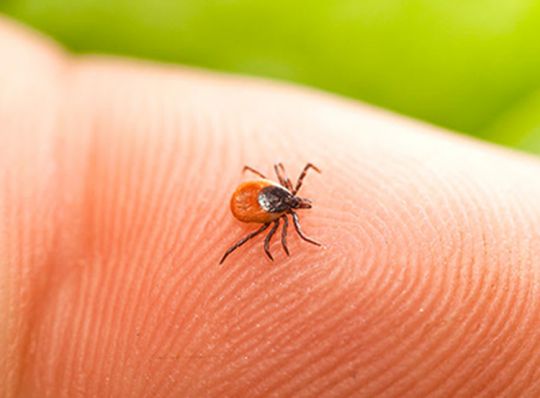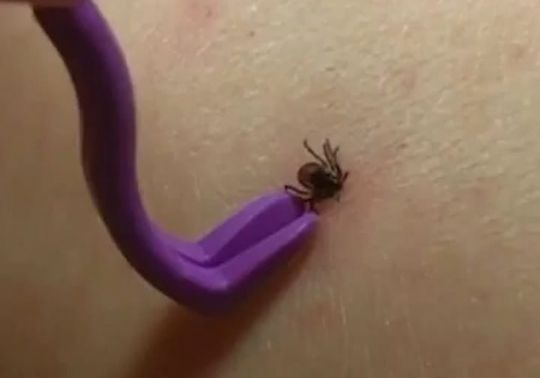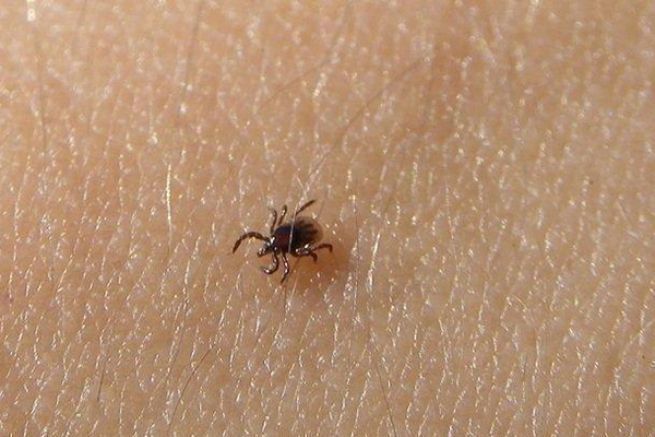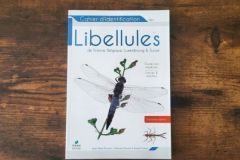An insect vector of diseases
Ticks are very small insects that can be found all over the world, they are mites of the Ixodes family. Just like the mosquito, this nasty bug feeds on blood, which leads them to bite humans or animals. It then remains attached to its prey where it finds shelter and food!
But the worst thing is that it is a potential vector of dangerous diseases such as Lyme, named after the town in Connecticut where the disease was discovered in the 1970s. This is the most well known, but the tick can also be a vector of many other worrying diseases such as tick-borne encephalitis, human granulocytic anaplasmosis, tularemia, Q fever, LAR and TIBOLA rickettsioses.

Tick that has not yet bitten
How to avoid bites
Being bitten by a tick is not a tragedy either, the most important thing is to avoid it as much as possible by taking some precautions not to facilitate the work of these dirty beasts! Like mosquitoes, ticks are fond of cool and humid places, where the vegetation is developed, near water points... These small crawling insects are slow, they do not jump, but they wait for their prey hidden in the vegetation.
Generally they climb by our legs, but they are also able to fall on our head when we pass under branches for example. So to avoid the bite, the first thing to do is to equip yourself with high shoes (socks in the pants) and to cover your head (cap, hat, beanieâ?¦)
Tick puller an indispensable tool

The essential tool to remove a tick quickly and easily
If, despite these precautions, you are still bitten, don't panic. The most important thing is to be equipped with a tick remover to remove the tick as quickly as possible and avoid any infection. You have to delicately pass the head of the tick in the slot of the tick puller and turn 2 to 3 times to remove it, make sure to kill it afterwards so that it cannot start again.
Fortunately, not all of them are virus carriers, but if in doubt, go see your doctor in case of a bite (especially if a red spot forms around the bite).









